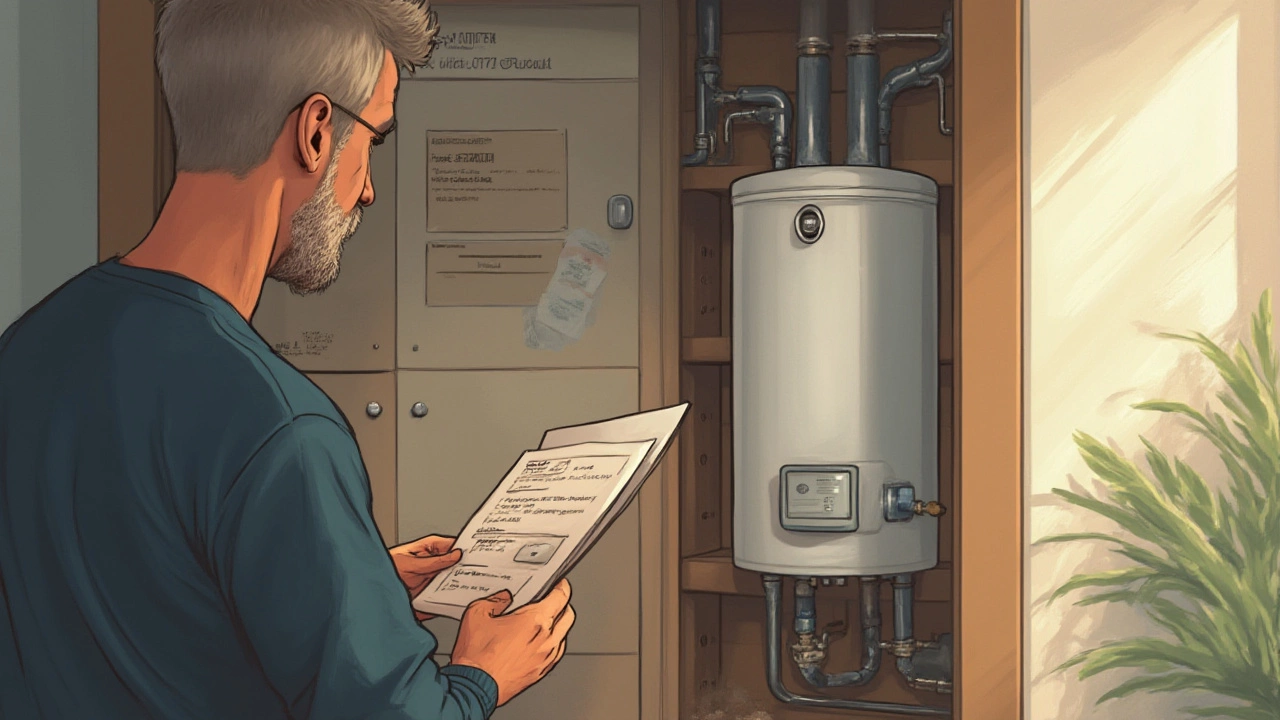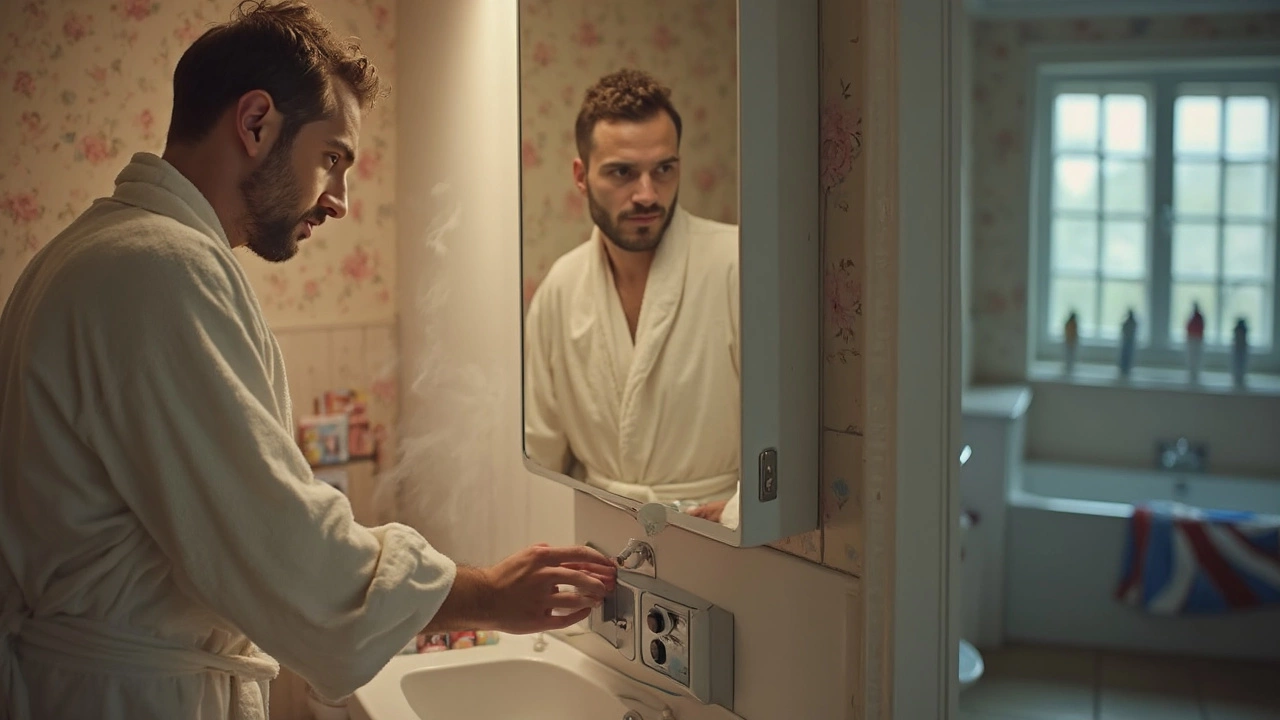
Learn if it's safe to press the reset button on your water heater, what it really does, and what to do if it keeps tripping. Get smart, simple tips for safe troubleshooting at home.
Nothing beats the frustration of stepping into a cold shower when you expected hot water. Most of the time the fix is easier than you think. Below are the steps you can take right now to pinpoint the issue and get the heat back without waiting weeks for a technician.
Start with the power source. If you have an electric heater, make sure the circuit breaker hasn’t tripped. Flip it back on and listen for the heater’s internal fan or burners kicking in. For gas units, confirm the pilot light is lit and the gas valve is open. A simple reset button on many modern units can also revive a stalled system.
Next, look at the thermostat setting. Many people set it too low, especially in winter when the water has to work harder. Aim for 120‑130°F (49‑54°C). If the thermostat feels loose or unresponsive, it could be the culprit.
The heating element is the heart of an electric water heater. If it’s corroded or coated with mineral buildup, the water won’t heat properly. You’ll often hear a buzzing sound or notice lukewarm water from all taps. Turning off the power, draining the tank, and inspecting the element can confirm the problem. Replacing a faulty element is usually a quick DIY job if you’re comfortable handling basic electricity.
For gas heaters, a clogged burner or a failing ignitor can stop heating. After turning off the gas, remove the burner cap and clean any soot or debris. A clean burner usually restores normal operation. If the ignitor looks cracked or burnt, swapping it out is the next step.
Leaking or sediment buildup inside the tank reduces efficiency and can cause strange noises. Draining the tank completely and flushing it with a garden hose removes sludge that acts like insulation, letting the heater work more effectively.
Don’t overlook the dip tube – the pipe that sends cold water to the bottom of the tank. A broken dip tube mixes cold water with hot water, resulting in lukewarm showers. It’s an easy part to replace and costs just a few pounds.
If you’ve run through these checks and still have no hot water, it’s probably time to call a professional. A licensed technician can test internal pressure relief valves, verify gas line pressure, and handle any electrical issues safely.
Regular maintenance saves money and prevents emergencies. Schedule a simple flush and visual inspection once a year, keep an eye on the pressure relief valve, and test the thermostat annually. These habits keep your water heater humming for years.
Bottom line: most water heater problems are fixable with a few tools, a bit of patience, and the right checklist. Use the steps above to troubleshoot, and you’ll likely enjoy hot water again without a costly service call.

Learn if it's safe to press the reset button on your water heater, what it really does, and what to do if it keeps tripping. Get smart, simple tips for safe troubleshooting at home.

Ever wonder why your hot showers only last until you hit the reset button—again? This guide explains what triggers the water heater's reset, the most common underlying problems, and how to tell the difference between a quick fix and a problem that needs a pro. We'll break down the technical stuff into plain English, share some simple troubleshooting steps, and toss in real tips you can actually use at home. You'll also get a heads-up on when to call an expert so you can stop playing water heater roulette every morning.